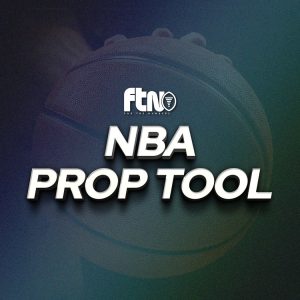
Each week, I’ll review my single entry lineup, as well as a couple of others. I will also track success rates throughout the season. The criteria for the other lineups to make the article (and tracking) will be > 10% of my overall investment. This week, that included:
- My SE
- A small deviation from my SE
The goal here is to hold myself accountable for the decisions I make while also helping to provide a blueprint for long-term success in GPPs.
Throughout the year, I’ll emphasize the top 10% and top 1% hit rates. While profit/loss is at the mercy of significant variance at the top of tournaments, these hit rates stabilize much faster and can therefore paint a stronger picture of our performance. The numbers are starting to look much better across the board! We just need that ever-elusive top 1% finish.
The Single-Entry
Every choice we make can be categorized into one of four groups:
- Bad Process & Bad Outcome
- Bad Process & Good Outcome
- Good Process & Bad Outcome
- Good Process & Good Outcome
We’ll begin with #1:
Bad Process & Bad Outcome
N/A
Bad Process & Good Outcome
N/A
Good Process & Bad Outcome
N/A
Good Process & Good Outcome
Eagles stack
This quarterback – running back – tight end stack worked exactly as I’d hoped. At their respective prices, all stood to benefit greatly from an offensive efficiency boost as a whole. The Jets’ defense helped provide exactly that, and it was fortunate that Dallas Goedert hogged all of the passing production. It’s a shame Miles Sanders left the game late once again, as he could have potentially out-scored Sony Michel with a strong finish.
I liked Jefferson so much that I gave him his own little section in my correlated leverage article, even though he didn’t fit any stacks or correlated leverage opportunities that I was interested in. Not much to say here – he was outstanding.
Kupp served as a bit of a correlated leverage play over Michel despite his own popularity. He was great, just not quite good enough. 35-15 over Michel would have been huge compared to 29-24.
The rest of the lineup
A major key in SE is having no weak links. An extra touchdown from Elijah Mitchell, James Conner, or DeVante Parker would have put me in contention for the takedown. Either way, they all did enough to ensure a high finish due to the ceiling outcomes elsewhere.
The Small Deviation
Here’s why I loved this line – I knew that the Sony Michel and Gardner Minshew chalk would drastically decrease the number of LV stacks. I felt like Carr could compete with Tom Brady from a ceiling perspective, and if he did, it would likely come with another explosive game from DeSean Jackson. Look at the ownerships here – I used a lot of significant chalk, but the lineup as a whole was extremely diversified. This was the only place I used Foster Moreau, which in a way painted a picture where Washington sold out to contain Hunter Renfrow. It didn’t work, but the process was sound.
Takeaways
I was very pleased with this slate, but all I want to talk about here is more RB vs WR research. I’m going to have a paywalled article sometime this week, but here’s a teaser, in short:
- WR production is more predictable than RB production based solely on ownership and price
- Ownership is completely useless when trying to predict RB performance. In other words, we as an industry are bad at predicting RB performance.
Thought the industry knew otherwise? Make sure you have access to this research when it rolls out later this week!













































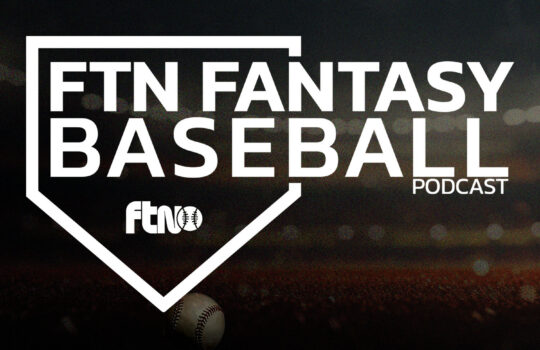

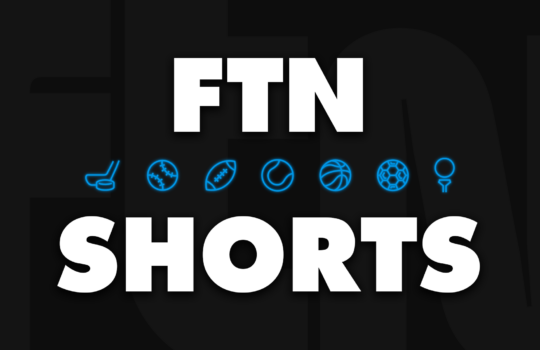
 New York Jets
New York Jets  New England Patriots
New England Patriots  Miami Dolphins
Miami Dolphins  Buffalo Bills
Buffalo Bills  Pittsburgh Steelers
Pittsburgh Steelers  Cleveland Browns
Cleveland Browns  Cincinnati Bengals
Cincinnati Bengals  Baltimore Ravens
Baltimore Ravens  Tennessee Titans
Tennessee Titans  Jacksonville Jaguars
Jacksonville Jaguars  Indianapolis Colts
Indianapolis Colts  Houston Texans
Houston Texans  Las Vegas Raiders
Las Vegas Raiders  Los Angeles Chargers
Los Angeles Chargers  Kansas City Chiefs
Kansas City Chiefs  Denver Broncos
Denver Broncos  Washington Commanders
Washington Commanders  Philadelphia Eagles
Philadelphia Eagles  New York Giants
New York Giants  Dallas Cowboys
Dallas Cowboys  Minnesota Vikings
Minnesota Vikings  Green Bay Packers
Green Bay Packers  Detroit Lions
Detroit Lions  Chicago Bears
Chicago Bears  Tampa Bay Buccaneers
Tampa Bay Buccaneers  New Orleans Saints
New Orleans Saints  Carolina Panthers
Carolina Panthers  Atlanta Falcons
Atlanta Falcons  San Francisco 49ers
San Francisco 49ers  Seattle Seahawks
Seattle Seahawks  Los Angeles Rams
Los Angeles Rams  Arizona Cardinals
Arizona Cardinals 
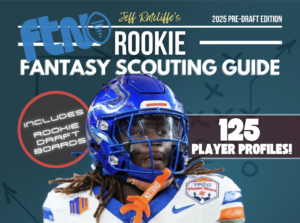


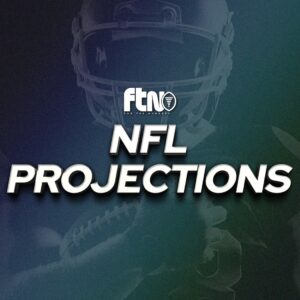


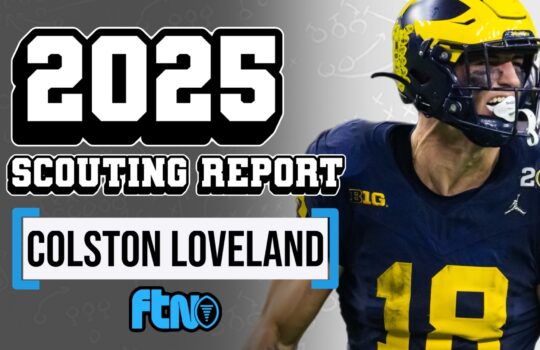


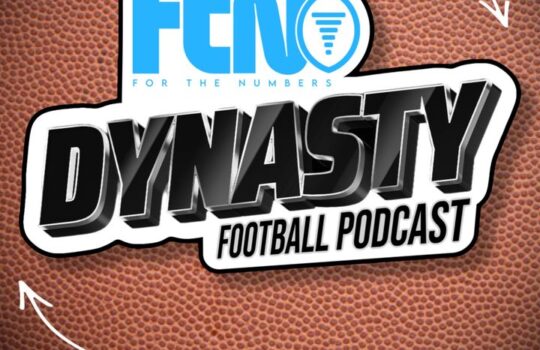
 Boston Celtics
Boston Celtics  Brooklyn Nets
Brooklyn Nets  Philadelphia 76ers
Philadelphia 76ers  New York Knicks
New York Knicks  Toronto Raptors
Toronto Raptors  Chicago Bulls
Chicago Bulls  Detroit Pistons
Detroit Pistons  Milwaukee Bucks
Milwaukee Bucks  Cleveland Cavaliers
Cleveland Cavaliers  Indiana Pacers
Indiana Pacers  Orlando Magic
Orlando Magic  Atlanta Hawks
Atlanta Hawks  Charlotte Hornets
Charlotte Hornets  Miami Heat
Miami Heat  Washington Wizards
Washington Wizards  Denver Nuggets
Denver Nuggets  Minnesota Timberwolves
Minnesota Timberwolves  Oklahoma City Thunder
Oklahoma City Thunder  Portland Trail Blazers
Portland Trail Blazers  Utah Jazz
Utah Jazz  LA Clippers
LA Clippers  Golden State Warriors
Golden State Warriors  Los Angeles Lakers
Los Angeles Lakers  Phoenix Suns
Phoenix Suns  Sacramento Kings
Sacramento Kings  Dallas Mavericks
Dallas Mavericks  Houston Rockets
Houston Rockets  Memphis Grizzlies
Memphis Grizzlies  New Orleans Pelicans
New Orleans Pelicans  San Antonio Spurs
San Antonio Spurs 



